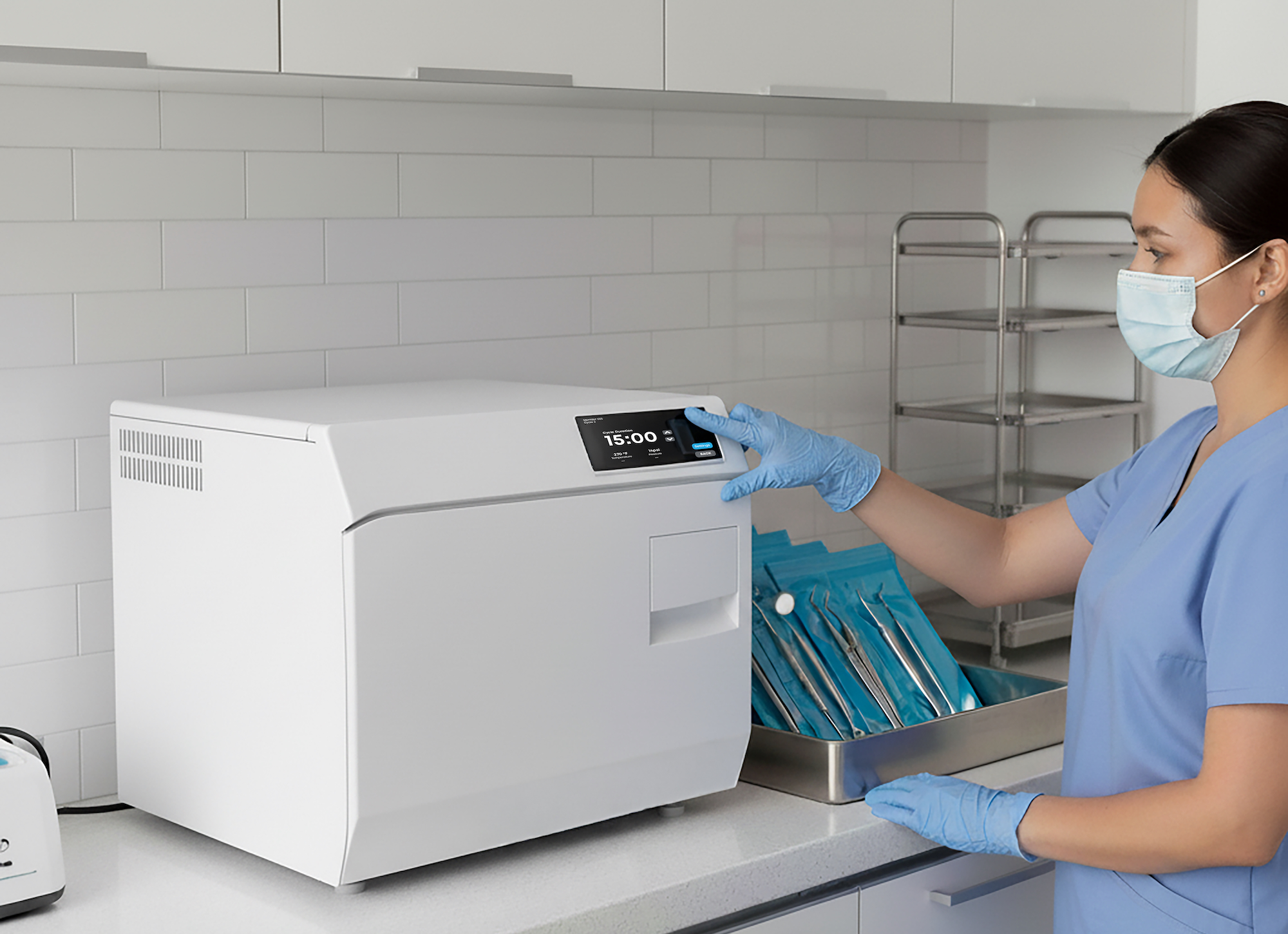At e2ip, we’re not just watching the rise of the global Edge AI market—we’re shaping how it gets applied. Across sectors like manufacturing, healthcare, and smart infrastructure, Edge artificial intelligence is helping systems respond faster, use data more efficiently, and reduce their dependence on cloud resources.
Recognizing its diverse applications and sensor needs, e2ip partnered with ST and Siana to launch a machine vision Edge AI Sensing Kit. This kit allows potential customers to test its capabilities in their own settings.
What Is Edge AI?
At its core, Edge AI technology uses a compact, powerful, low-power AI processor, meaning it runs AI algorithms directly on the devices that collect data—like sensors or cameras—without needing to send everything back to a centralized server. The Edge AI processes data locally until a programmed trigger is met, then it alerts the central server about a specific situation.
These devices analyze and act on data where it’s created, which makes a big difference in environments where bandwidth is limited or speed is critical. Edge devices have a low power draw and on-device processors that handle complex AI tasks and learning with limited server communication, reducing bandwidth costs.
Applications and Use Cases of Edge AI
Smart Surveillance
Consider an Edge AI device enhancing a security camera monitoring building access points. The device continually monitors and analyzes people in the area. Constant reporting to headquarters when a person is detected is unnecessary and increases bandwidth costs. An Edge AI enhanced camera analyzes visuals on the device and, when a trigger is met, alerts headquarters about the situation at the access point. It can also enact required steps, such as capturing recordings before the event, tagging the event, and contacting the security team. This is a key application of Edge Computing AI for enhanced security.
Predictive Maintenance in Manufacturing
Another example is predictive maintenance. Here, an Edge AI device can be attached to a vibration sensor within an engine or manufacturing equipment. The AI-enabled device continually monitors vibration levels. While a standard device alerts at a threshold, Edge AI intelligently monitors vibrations, learning patterns and making associations. In this scenario, Edge AI uses vibration patterns and historical data for predictive maintenance, identifying potential issues in expensive engines and equipment pre-emptively to reduce downtime, repairs, and replacement costs. This demonstrates the power of Industrial IoT and Machine Learning at the edge.
Medical Devices
An example of another possible application of Edge AI is in the medical technology market, specifically with patient monitoring devices, both bedside and personal. Integrating an Edge AI processor into a personal medical device, like an insulin pump/monitor, could greatly improve its capabilities and the quality of life for the user and their medical professional. It allows the device to learn about the wearer, tracking patterns and anticipating highs and lows before they become issues. For users followed by a medical professional, it provides more insight and critical alerts without an inundation of excessive information. This highlights the potential of Healthcare AI and Embedded AI in Medical Devices.
The Benefits of Edge AI
Real-Time Processing with Local Intelligence
Edge AI is transforming how organizations approach data processing—offering faster insights, lower latency, and more efficient system behavior. Unlike traditional cloud computing models, where devices depend on remote cloud servers, Edge AI handles local processing at the device level. This shift allows systems to analyze data in real time, enabling faster response times and more agile AI implementation.
Protecting Sensitive Data and Reducing Bandwidth
By processing data directly on-device, Edge AI reduces the volume of unnecessary data transfer, helping organizations maintain tighter control over sensitive data. In use cases like smart security devices or wearable devices, Edge AI’s ability to keep information local not only speeds up performance—it also enhances data security by minimizing exposure and reliance on third-party infrastructure.
Operational Efficiency and Cost Savings
With less dependence on the cloud for processing and storage, organizations benefit from measurable cost savings. Edge AI minimizes the need for constant data transfer and optimizes network usage. It also supports machine learning models that evolve over time, learning from conditions on the ground and adapting without needing to offload computation. This kind of efficiency is especially valuable in high-volume environments or remote deployments.
Intelligent Monitoring and Predictive Capabilities
In industrial applications, Edge AI improves both performance and oversight. From quality control to environmental sensing, Edge AI plays a key role in identifying issues as they happen. It supports real-time analytics and enables integrating intelligent data collection across connected systems. For operations with limited infrastructure, the ability to make decisions independently of cloud access ensures reliability and responsiveness.
A Scalable, Secure Future
Whether deployed in healthcare, manufacturing smart mobility or other applications, Edge AI addresses the growing demand for secure, autonomous, and scalable systems. By bringing intelligence to the edge, edge computing solutions overcome the limitations of cloud-based AI, delivering greater agility, reduced risk, and enhanced performance at the edge. For forward-looking organizations, Edge AI represents a practical and strategic step toward the future.
See What’s Possible
If you’re exploring how machine vision-based Edge AI can enhance your product, process, or prototype, our Edge AI sensing kit is an excellent place to start.
With built-in support for local processing, the kit enables devices to run AI models for tasks like object detection, event recognition, and real-time analytics. It’s a great way to understand how Edge AI technology behaves under actual operating conditions—whether you’re developing for industrial environments, smart infrastructure, or medical monitoring systems.
Need help evaluating fit or planning an integration? Contact our team—we’re here to support your journey.



